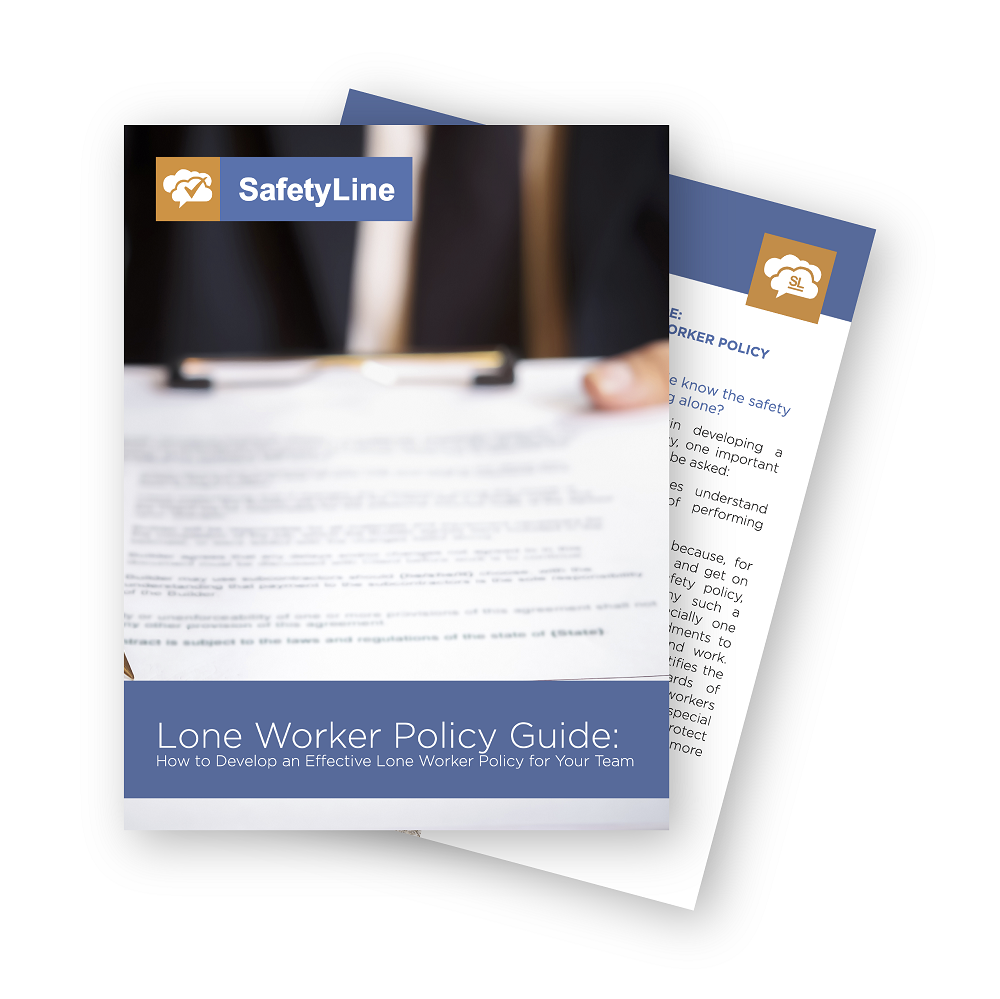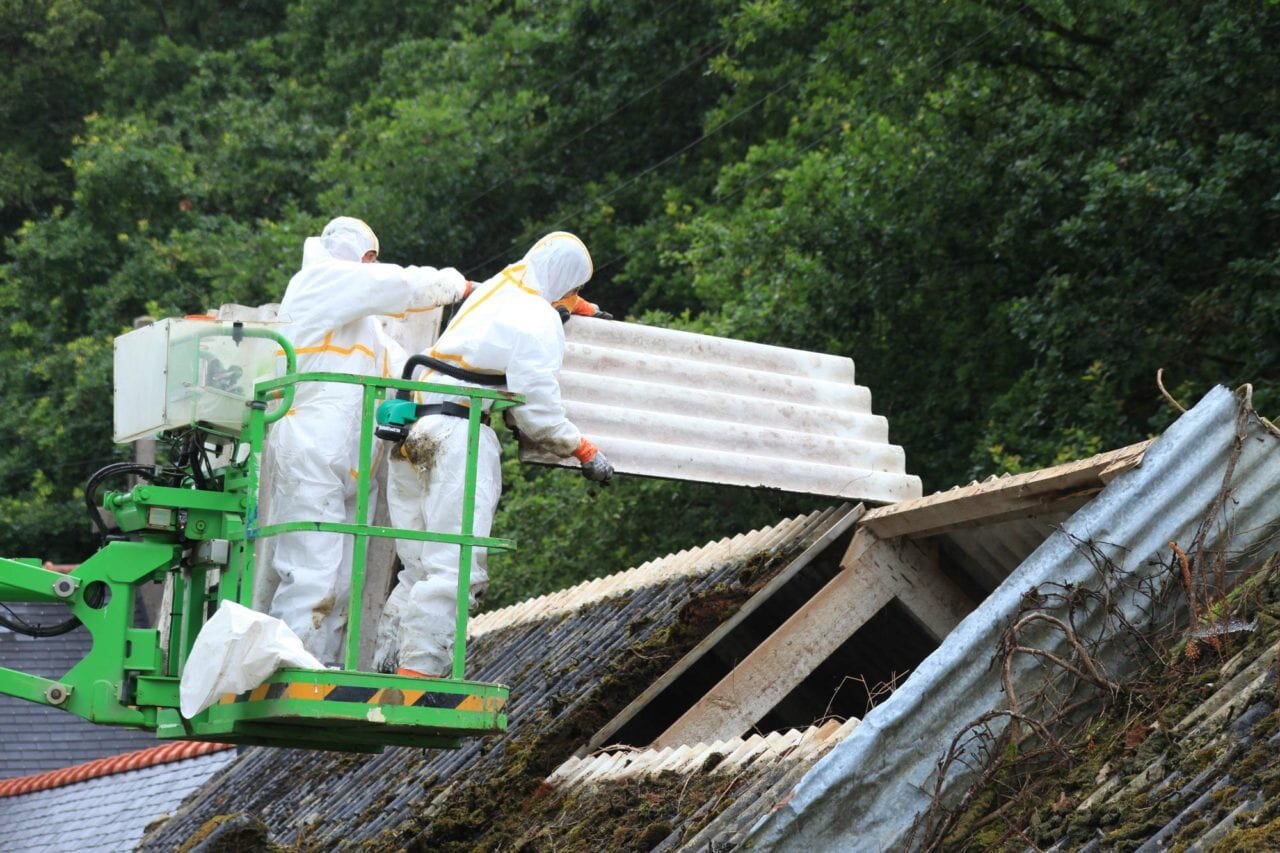Featured Resources
Lone Worker Policy Guide and Template
A lone worker policy is an effective way to ensure that your lone workers are well-educated on your company’s work-alone rules and have extensive knowledge of all workplace hazards that could be encountered on the job.
Hazard Assessment Guide
In the process of doing a hazard assessment for your workplace, it is almost a certainty you’ll learn information about the operational aspects of your organization you were unaware of before the assessment.
View eBook
Develop a Free Lone Worker Program for Small Teams
Developing a free lone worker check-in system is a simple process for small teams that any organization can implement.
View eBook
SafetyLine Blog Categories
General Safety | Lone Worker Safety | SafetyLine News and Updates | SafetyLine Product Updates | Compliance, Policy, and Regulations | Downloadable Resources |
A Guide to Using Satellite Devices with SafetyLine Lone Worker
Lone workers operating in remote or challenging environments face unique risks requiring reliable solutions to ensure their safety and connectivity. Satellite devices play a crucial role in addressing these needs by providing dependable communication links where traditional networks fail. Whether stationed in isolated fields, conducting geological surveys in rugged terrain, or managing conservation efforts in vast, uninhabited areas, these workers depend on advanced satellite technology to maintain critical contact with their teams and emergency services.
Work Alone Call Centers vs Automated Work Alone Solutions: The Pros and Cons
When a worker is experiencing an emergency, they need someone who they can reliably contact to get immediate help. One strategy being employed to address this issue is by creating internal call centers to monitor vulnerable and lone workers. What are a high-functioning and collaborative team, the call center is funded by the company budget or employed by company staff.
11 Ways to Evaluate Your Lone Worker Solution
A lone worker solution is a system, service, and/or safety device that protect lone workers (people working alone and remotely). It will signal an emergency when the lone worker needs help and it monitors their well-being with safety check-ins. Let’s look at the 11 strategies to evaluate your lone worker solution.
What do Your Remote and Lone Workers Want - When They Return to Work in 2021
The safety needs of your team can be complicated and sometimes costly. But as the employer, it is your responsibility to provide everything possible to protect your staff who, in some cases, may be putting their safety at risk to do their job. Include the added layer of COVID-19 protection and the requirements of your workers become significantly more challenging and complex as you are now looking at not only safety and mental health needs, but what is essential to increased remote work and considerations around new social distancing guidelines.
What SafetyLine Users Are Saying: Lone Workers in Healthcare and Government
The types of organizations and industries that use SafetyLine to protect their remote workers range from healthcare and legal services to agriculture and government at all levels - and yes, those working at home can be considered lone workers. In the first of a three-part series, here are what our grateful SafetyLine users are saying about the service as well as how it has improved the safety and wellness of their remote teams, helping protect their most valuable resource – their people.
COVID-19 second wave: Are you ready? How a worker safety monitoring solution can prepare you
While it’s still somewhat debatable at the moment, increasing numbers of COVID-19 cases are showing us that a second wave of the virus may be imminent. The good news is that there may have been lessons learned from the first time, allowing us the privilege of hindsight to improve our tact, better protecting our workers and communities.
SafetyLine Lone Worker Return-to-work Plan: COVID-19
Recently, the BC government released its Restart Plan that lists the steps we can take together as we start to return to the “new normal” from the COVID-19 response. In this plan, we are reminded that it has been our commitment to Work From Home and the following recommendations from authorities that have allowed us to slow the growth of this pandemic. While we should congratulate ourselves on our success thus far in flattening the curve in Brtish Columbia, however, we also need to remember that we’re not out of the weeds yet.
2020 Goal Settings: How Your Organization can Best Protect Lone Workers
The statistics regarding workplace injuries and fatalities in Canada are baffling. According to the Canadian Centre for Occupational Health and Safety, there were 951 workplace fatalities recorded in 2017 with an additional 251,508 injuries which took place on the job. An employer must manage the safety and health of his or her employees and thus minimize the number of incidents that occur in the workplace. Since safety hazards are amplified when an employee is working in isolation, this article will specifically discuss lone workers and consider ways that an organization can best keep its lone workers safe.
2019 COS Magazine Readers' Choice Awards
We are excited to share hare that we’ve been chosen to be on the list of companies nominated for the 2019 Canadian Occupation Safety Readers Choice Awards by Thomson Reuters in the category of Lone Worker Monitoring.
The Myth of Fleet Management Safety
Depending on the priorities of the company and the industry they are in, fleet management and lone worker monitoring systems are two important services that organizations should consider. However, many companies don’t realize the difference between a fleet management system and a lone worker monitoring system. This article will help you learn about those differences to help you decide what is best for your organization.
Workplace Hazards Series: Biological Hazards
Anything that can cause harm to people, animals, or infectious plant materials can be considered a biological hazard. They exist in most workplaces that involve working around other people, unsanitary conditions, in labs, or in the environment.














